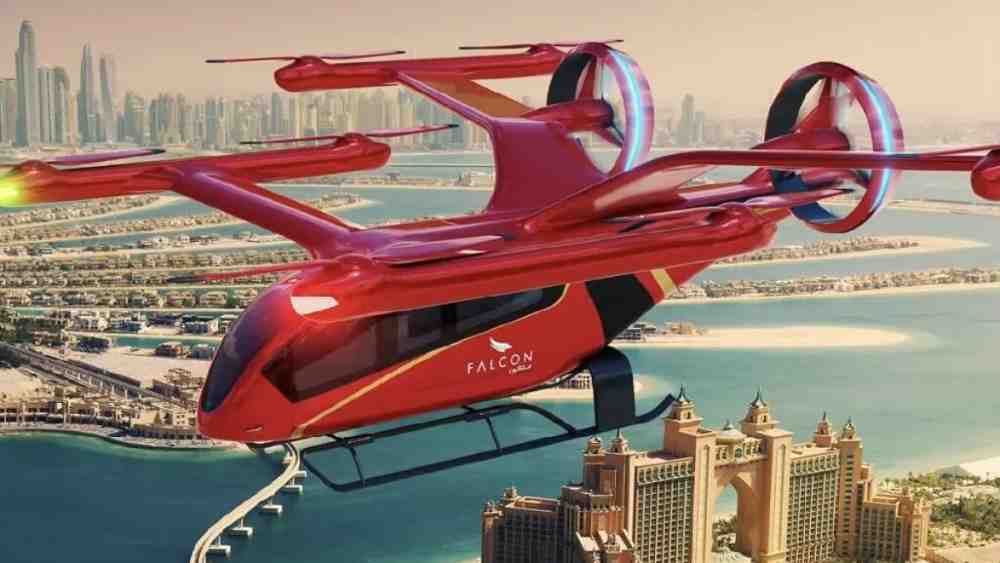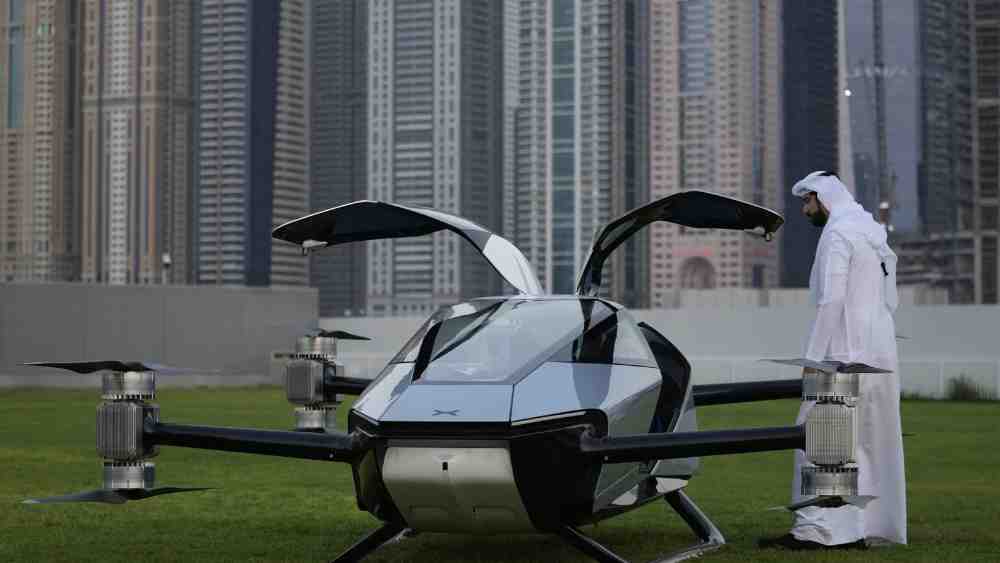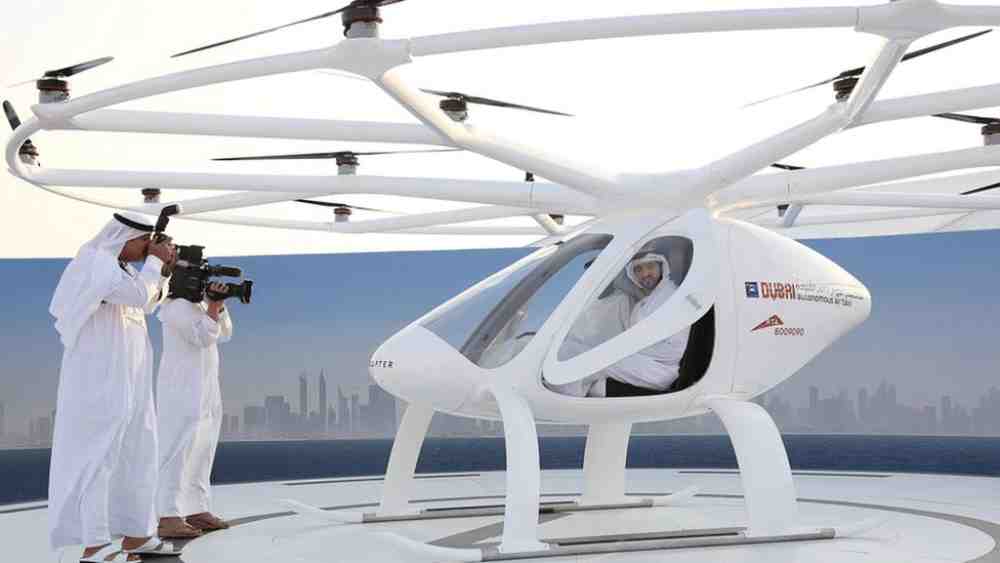Dubai’s Flying Taxis Set to Revolutionize Urban Transport by 2026
Dubai, known for its futuristic vision and innovative infrastructure, is poised to take a giant leap in urban transportation with the introduction of flying taxis. Duncan Walker, CEO of London-based company Skyports, announced at the 3rd Dubai World Congress for Self-Driving Transport that Dubai will have a fully operational network of vertiports for air taxi services by 2026. This ambitious project promises to reshape the city’s transport landscape and reduce commute times dramatically.
The Vision of Air Mobility
Duncan Walker’s statement underscores Dubai’s commitment to embracing air mobility as a solution to traffic congestion and urban transportation challenges. These flying taxis, categorized as electric vertical take-off and landing (eVTOL) aircraft, represent the future of urban transport.
What Are Vertiports?

At the heart of this revolutionary transportation system are vertiports, or vertical airports. These specialized facilities are designed to accommodate the landing and takeoff of drones and advanced air mobility (AAM) transport, such as eVTOL aircraft used for air taxis. Unlike traditional helipads or heliports, which cater to conventional helicopters, vertiports have unique requirements to ensure safe operations and facilitate recharging of eVTOLs.
Dubai’s Vertiport Infrastructure
Skyports Infrastructure, the London-based company tasked with building Dubai’s first vertiport, had its design approved for development during the World Government Summit in February. The main hub for flying taxis will be situated near Dubai International Airport (DXB). Initial routes will connect this hub to vertiport stations in prominent locations like Palm Jumeirah, Dubai Downtown, and Dubai Marina.
The Promise of Speed

One of the most exciting aspects of the flying taxi system is its speed. These aerial taxis are expected to reach top speeds of 300 kilometers per hour with a maximum range of 241 kilometers. This means that what was once a 45-minute commute during peak hours from DXB to Palm Jumeirah will be reduced to just six minutes, plus around 10 minutes of additional time at the vertiport.
Environmental and Congestion Benefits
Apart from the significant time savings, flying taxis offer environmental advantages. They operate with zero carbon emissions during their missions, aligning with Dubai’s sustainability goals. Additionally, they have the potential to alleviate ground congestion, reduce traffic snarls, and improve overall transportation efficiency in the city.
Dubai’s Forward-Thinking Approach
Duncan Walker commended Dubai for its forward-thinking approach to developing the future of transport. He highlighted several key factors that place Dubai at the forefront of this innovative initiative. Efficient government coordination, a well-established regulatory framework, a network of feasible vertiport sites, integrated transport solutions, and strong business demand all contribute to Dubai’s leadership in pioneering air mobility.

Dubai’s ambitious plan to make flying taxis fully operational by 2026 is a testament to the city’s unwavering commitment to innovation and forward progress. With vertiports serving as hubs for these futuristic air taxis, Dubai aims to revolutionize urban transportation, reduce commute times, lower carbon emissions, and alleviate ground congestion. This transformative project positions Dubai as a global leader in embracing cutting-edge technologies to address the evolving needs of its residents and visitors. As the city continues to pioneer the future of transport, the world eagerly watches how this visionary endeavour unfolds.
